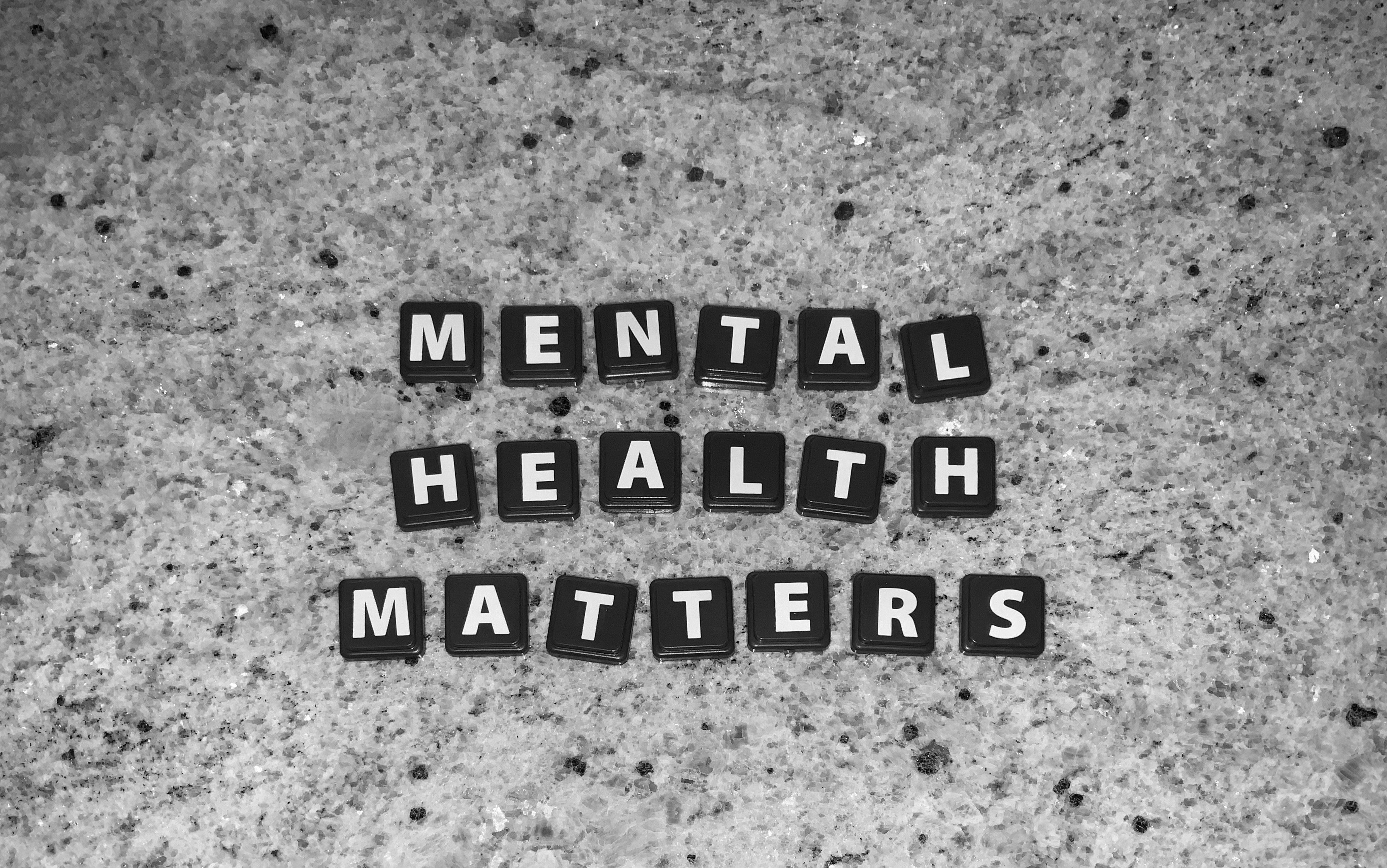Understanding Blue Light: Impact on Health and Strategies for Mitigation
Ever wondered why your eyes feel strained after hours of screen time? You might be experiencing the effects of blue light exposure. This article will delve into the science behind blue light, its impact on our health, and strategies to mitigate its effects.

Blue Light: A Modern Age Phenomenon
Light is composed of different colors, each with its own energy and wavelength. Blue light, part of the visible light spectrum, has short wavelengths and high energy, making it potentially harmful to our eyes and sleep patterns. While the primary source of blue light is the sun, digital devices like smartphones, tablets, and computers also emit significant amounts.
The Unseen Impact of Blue Light
Research has shown that prolonged exposure to blue light can lead to digital eye strain, a condition characterized by dry eyes, blurred vision, and headaches. Moreover, blue light can disrupt our circadian rhythm, the body’s natural sleep-wake cycle, by suppressing the secretion of melatonin, the sleep hormone. This disruption can lead to sleep disorders and has been linked to other health problems like obesity and heart disease.
Balancing Screen Time and Health: Expert-Backed Insights
While eliminating blue light exposure is virtually impossible in our digital age, certain measures can help mitigate its effects. Experts recommend using the 20-20-20 rule: every 20 minutes, take a 20-second break and look at something 20 feet away. This can help reduce eye strain.
Furthermore, limiting screen time before bed and using devices with a “night mode” can help maintain a healthy sleep cycle. Some eyewear manufacturers have also introduced blue light blocking glasses, which can protect the eyes from harmful rays.
Quick Facts:
-
Blue light is part of the visible light spectrum and is emitted by the sun and digital devices.
-
Prolonged exposure to blue light can lead to digital eye strain and sleep disruptions.
-
The 20-20-20 rule and limiting screen time before bed can help mitigate the effects of blue light exposure.
In conclusion, while blue light is an unavoidable part of our digital age, understanding its impact on our health and implementing strategies to mitigate its effects can ensure we maintain our wellness in this modern world. Remember, balance is key. By making small, consistent changes, we can protect our eyes and sleep patterns, promoting overall health and well-being.




